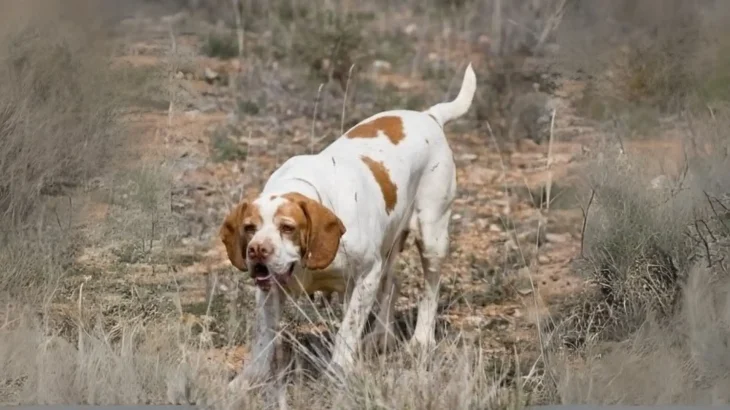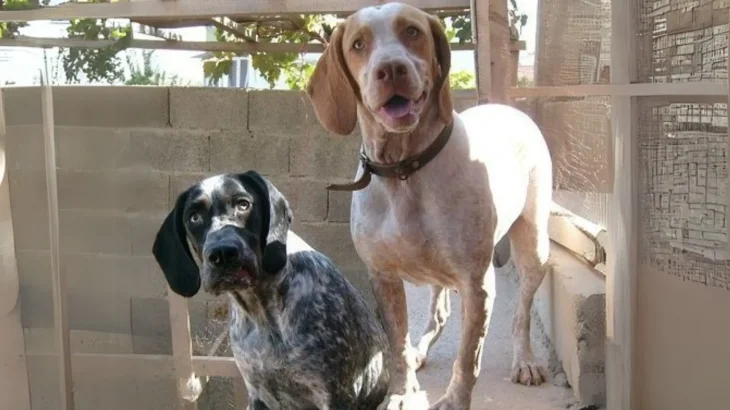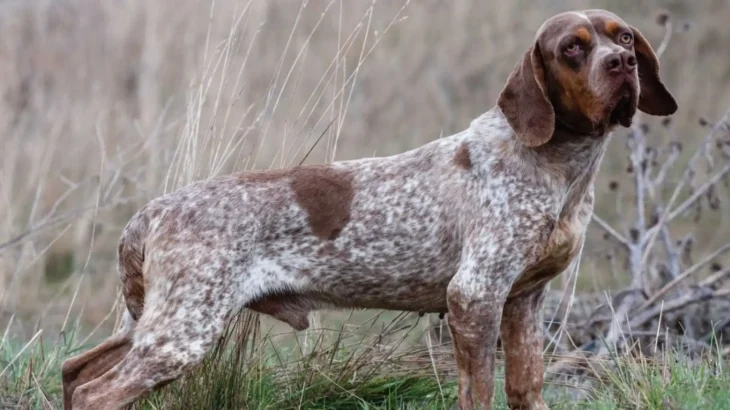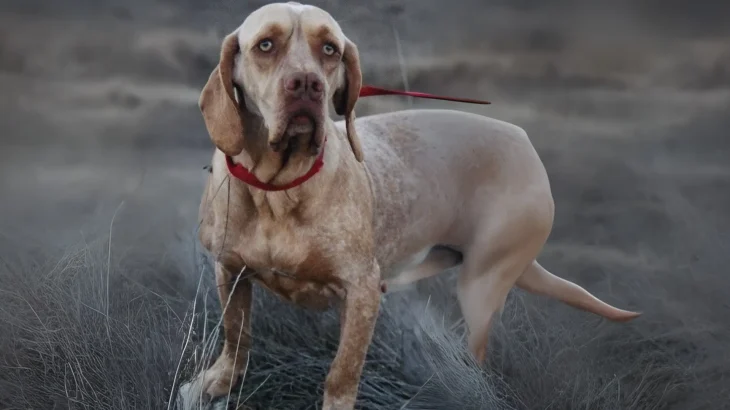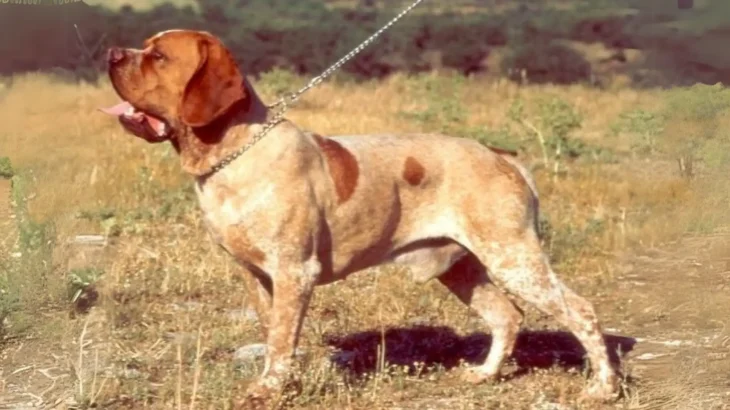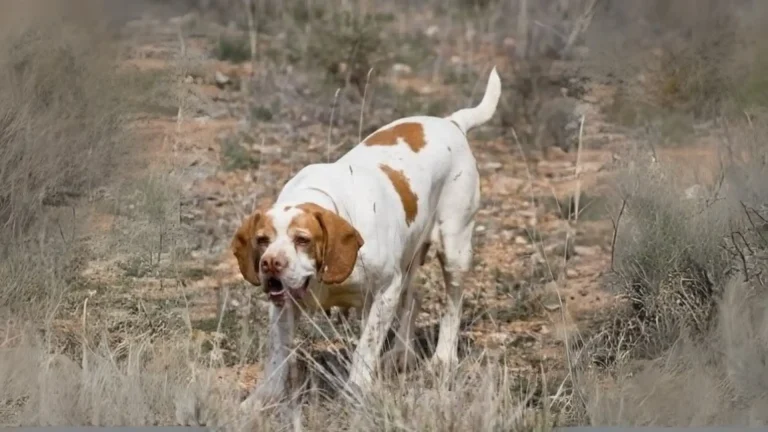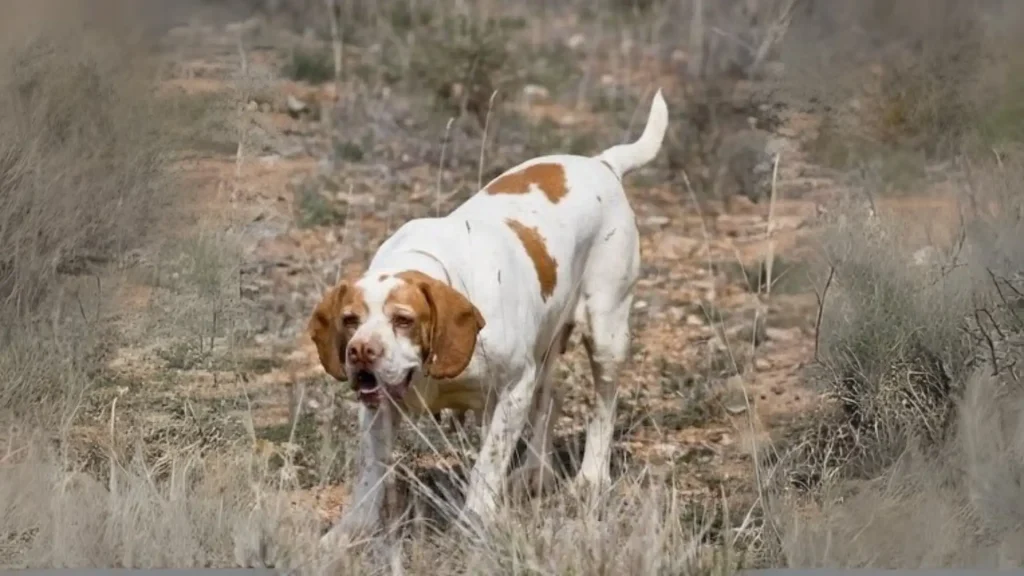Deciding whether to adopt or purchase a Perdiguero Navarro puppy involves weighing the benefits of known lineage and breeder support against the chance to give a dog a second chance through adoption. Buying from a breeder often ensures detailed health and pedigree information, while adopting can be a more ethical and cost-effective choice that supports animal rescue efforts.
| Criteria | Buying from Breeder | Adopting from Shelter/Rescue |
|---|---|---|
| Cost | Higher due to breed purity and breeder expenses. | Lower fees covering vaccinations and care. |
| Health History | Comprehensive health checks and genetic background. | Potentially unknown; basic medical checks provided. |
| Age Availability | Usually puppies, allowing early bonding and training. | Varied ages including adults, offering flexibility. |
| Temperament Insight | Breeder provides insight into lineage temperament. | Shelter staff may share observed behavior; full background limited. |
| Supporting Practices | Supports responsible breeding when choosing ethical breeders. | Supports animal welfare by rehoming dogs in need. |
| Ethical Considerations | Depends on breeder ethics; risk of puppy mills if not careful. | Promotes rescue and reduces shelter overcrowding. |

